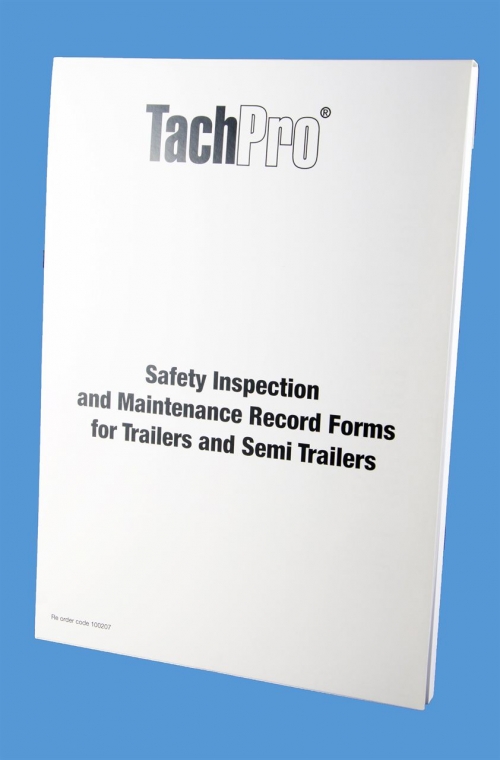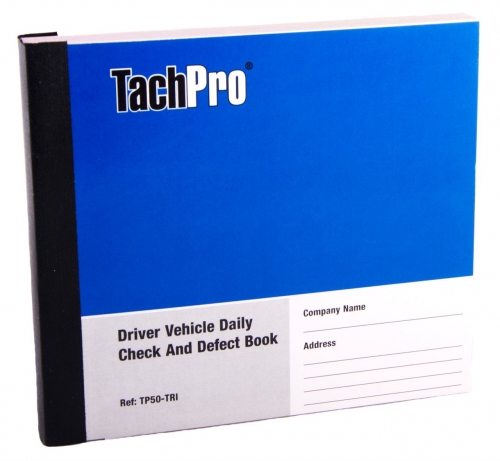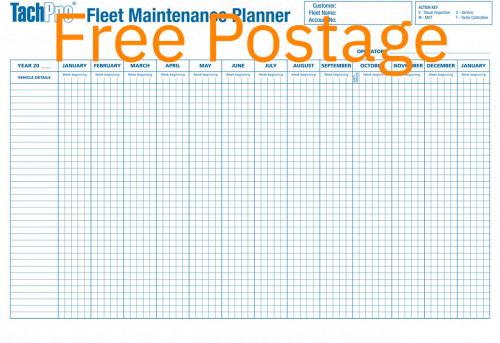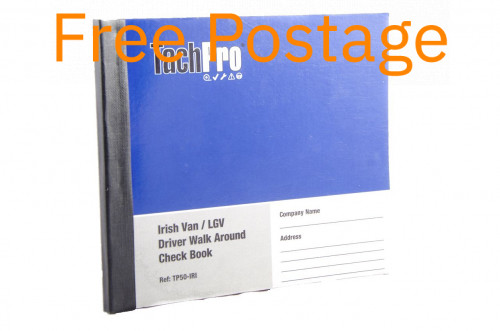Product Description
IRISH BUS PCV & PSV Minibus DAILY DEFECT BOOK 50 PAGE DUPLICATE
These daily defect walk round check books are an important part of any Bus PSV Pcv or minibus fleets compliance trail whenever there are defects on a vehicle.
Specifically laid out to be compliant with vital RSA regulations.
A cost effective solution to ensure you keep drivers and vehicles are compliant & keep your vehicles up to a safe standard of maintenance.
Public service vehicle (PSV): driver’s daily walkaround check
Irish PSV Daily Defect Book
The daily walk round checks public service vehicle (PSV) drivers must carry out to make sure their vehicles are safe to drive
Click this link to see a guide to PSV walk round daily checks PDF
You must carry out a daily walkaround check to see if your PSV PCV or minibus is safe to drive, and record the results of the check.
You must carry out at least one walkaround check of the whole vehicle every 24 hours, usually before you drive it and periodically throughout the day
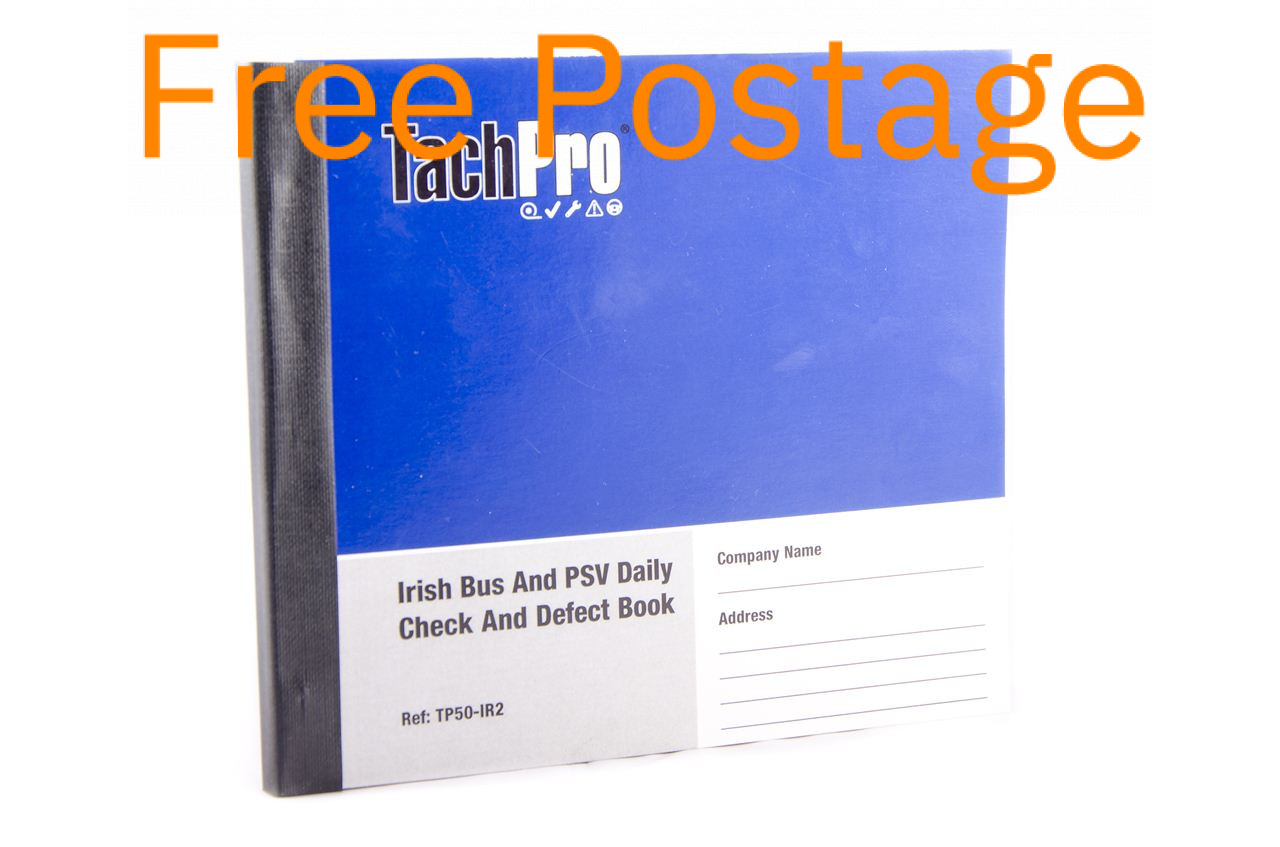
Irish PSV PCV Minibus Daily Walk Round Defect Book
Daily walkaround checks are part of having a robust maintainence system
Check inside the vehicle
1. Mirrors and glass
Check that the windscreen is not:
- cracked
- scratched
- discoloured
Check that the windscreen / front side windows are not excessively tinted.
Check that all mirrors are in place and not:
- damaged or missing glass
- obscured
- insecure
If a camera system is used instead of a mirror, check that it works and the view is correct.
2. Windscreen wipers and washers
Make sure the windscreen wipers work. Check that they are not:
- missing
- damaged or worn
Make sure the windscreen washer is working.
3. Front view
Check that no objects get in the way of your front view.
As a general rule, there should be nothing in the swept area of the windscreen wipers.
Some official stickers and road safety items are allowed, as long as they do not seriously block your view of the road, for example, operator licence disc.
4. Dashboard warning lights and gauges
Check that all of these are working correctly:
- instruments
- gauges
- warning lights – including the engine warning, emissions system, anti-lock braking system (ABS) and electronic braking system (EBS)
5. Steering
Check that the steering wheel:
- moves properly and that the power-assisted steering works correctly
- has no excessive play
- does not jam
Check that there’s no excessive lift or movement in the steering column.
6. Horn
Check that the horn works and is easily accessible from the driver’s seat.
7. Brakes and air build-up
Check that:
- the air builds up correctly and warning system works
- there are no air leaks
- the footwell is clear
- the service brake operates both the tractor and trailer brakes
- the parking brake for the tractor works
- the service brake pedal does not have excessive side play or missing, loose or incomplete anti-slip tread
8. Height marker
Check the correct vehicle height is displayed on the vehicle height marker in the cab.
Remember, the height can change, for example, when the fifth wheel is adjusted, or if the trailer is loaded, unloaded or reloaded.
9. Seatbelts
Check that seatbelts:
- do not have any cuts, damage or fraying that may stop them from working
- stay secure when you plug them in
- retract against you when fitted, and fully retract when you take them off
Check outside the vehicle
10. Lights and indicators
Check that:
- all lights and indicators work correctly
- all lenses are fitted, clean and the right colour
- stop lamps come on when you apply the service brake and go out when you release it
- marker lights are fitted and work
11. Fuel and oil leaks
Check that the fuel filler cap is fitted correctly.
Turn on the engine and check underneath the vehicle for any fuel or oil leaks.
12. Battery security and conditions
Check that your battery is:
- secure
- in good condition
- not leaking
13. Diesel exhaust fluid (AdBlue)
Check that your diesel vehicle has enough AdBlue diesel exhaust fluid and top up if necessary.
14. Excessive engine exhaust smoke
Check that the exhaust does not emit an excessive amount of smoke.
15. Security of body and wings
Check that:
- all fastening devices work
- cab doors and trailer doors are secure when closed
- body panels on tractor or trailer are secure and not likely to fall off
- landing legs (if fitted) are secure and not likely to fall off while driving
- sideguards and rear under-run guards are fitted if required, and that they’re not insecure or damaged
16. Spray suppression
If spray suppression flaps are required, check that they are:
- fitted
- secure
- not damaged
- not clogged with mud or debris
17. Tyres and wheel fixing
Check that:
- the tyres and wheels are secure
- the tyres have a tread depth of at least 1mm
- the tyres are inflated correctly
- there are no deep cuts in the tyre’s sidewall
- there is no cord visible anywhere on the tyre
- all wheel nuts are tight enough – you can check if wheel nut indicators (if fitted) have moved to do this
- there are no objects or debris trapped between the twin wheels
18. Brake lines and trailer parking brake
Check that:
- couplings are free from debris and are in the right place
- there are no leaks
- there is no damage or wear to the brake lines
- the parking brake for the trailer works
After the initial brake test, leave the engine running so pressure can build up. This will make it easier to hear any leaks as you carry out the rest of the walkaround check.
19. Electrical connections
Check each connection and make sure that all:
- visible wiring is insulated
- visible wiring is not likely to get caught or damaged
- all electrical trailer couplings are connected securely
- all electrical switches work correctly
20. Coupling security
Check that your vehicle is securely attached to your trailer and that the:
- trailer is located correctly in the fifth wheel or coupling
- secondary locking devices are in the correct position
21. Security of load
Check that the load does not move and is not likely to move.
Make sure you use the right type of load securing system for the load.
If you’re not happy with how the load is secured or how stable it is, ask the person in charge of vehicle safety to:
- get a competent person to assess it
- reload or resecure it if necessary
Read detailed guidance about load securing.
22. Number plate
Check that the number plate is not:
- broken or incomplete
- incorrect or spaced incorrectly
- dirty
- faded
- covered over by anything
23. Reflectors
Check that the reflectors (including side reflectors) are not:
- missing
- broken
- insecure
- fitted incorrectly
- the wrong colour
- obscured by dirt or other objects
24. Markings and warning plates
Check that the vehicle’s markings (including conspicuity markings) are:
- the right colour
- visible
- securely fastened
- not obscured by dirt or other objects
If the vehicle is carrying dangerous goods, check that the hazard information panels are:
- show the correct information for the load
- visible
- securely fastened
- not obscured by dirt or other objects
Other check items
You might need to check other items specific to the vehicle, for example, loading or specialised equipment.
Record and report the result of your check
Record and report all defects that you:
- find during the daily walkaround check
- become aware of during your journey
What to record
Record:
- the vehicle registration (number plate) or identification mark
- the date
- details of the defects or symptoms
- your assessment of the defects (for example, ‘dangerous’)
- your name
- who it was reported to
Use a form that includes a list of the items checked each day. Record ‘nil’ defects if you do not find any.
Download a template to use or use the system that your employer provides.
DVSA can ask for a record of your walkaround check at a roadside check.
If you become aware of defects during your journey
Find a safe place to stop to assess and report any defects you become aware of during your journey.
You must get dangerous defects fixed before you continue your journey.

